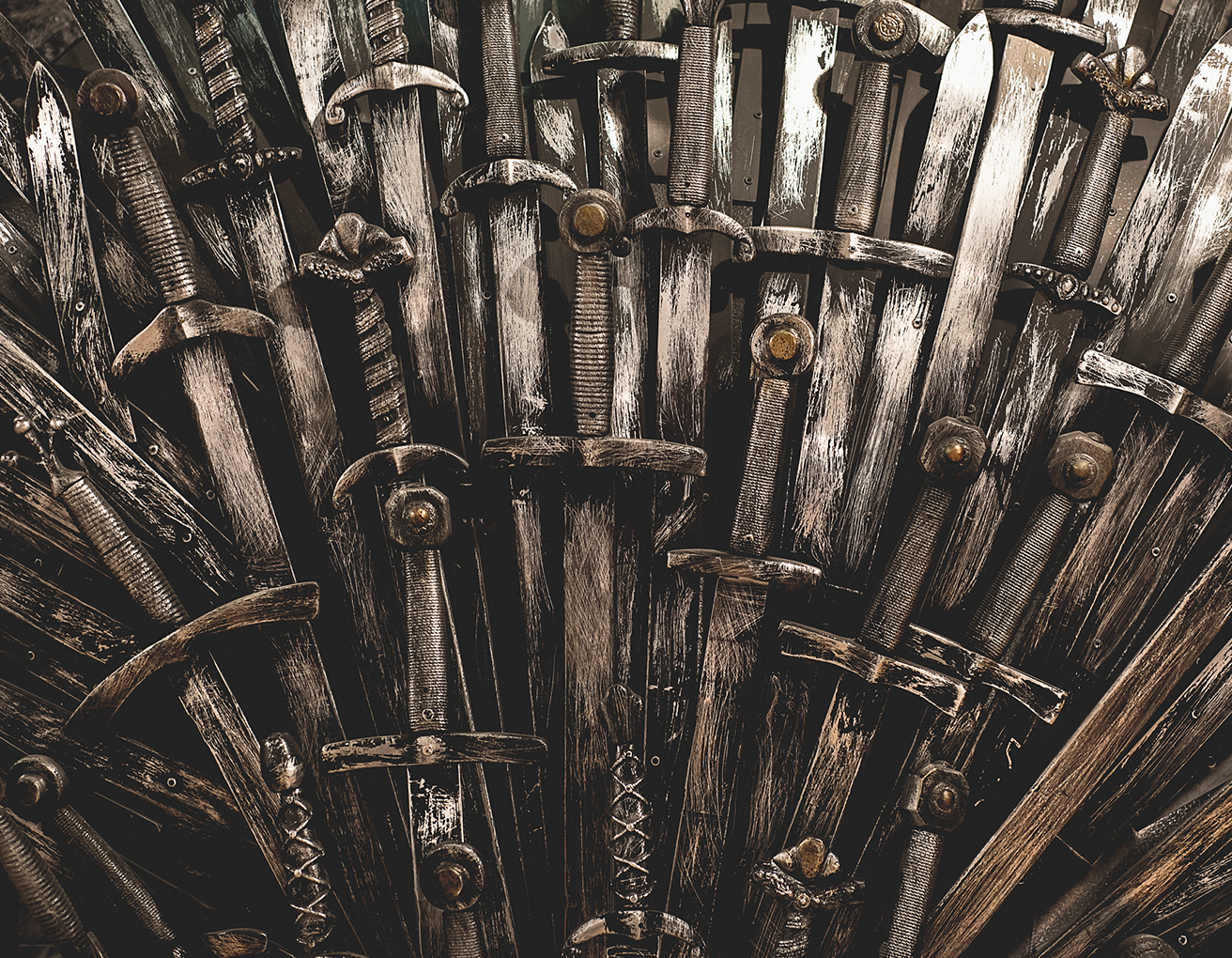
“Power is a curious thing, my lord. Power resides where men believe it resides. It’s a trick, a shadow on the wall. And a very small man can cast a very large shadow”
“”Lord Varys (Game of Thrones, Season 2: Episode 3)
The television show Game of Thrones and the novel series on which it is based, George R. R. Martin’s A Song of Ice and Fire, immerse the audience in a world that resembles real ancient and medieval places””but with the fantastical additions of magic, dragons, and frozen zombies. Though Martin took medieval Europe and the ancient Near East as his sources of inspiration, his depictions of power””political, religious, and magical””have many parallels in the world of Tibetan Buddhism and the empires that once patronized it.
The Rubin Museum’s exhibition Faith and Empire: Art and Politics in Tibetan Buddhism illuminates how religion and rulership have historically intertwined. On the occasion of the eighth and final season of Game of Thrones, curatorial fellow William Dewey explores what the series can tell us about dynamics of power in the world of Tibetan Buddhism.
- A Trick, a Shadow on a Wall: Magical Means to Power in Game of Thrones and Himalayan Religions
- The Vision of the Prophet: Prophecy in Game of Thrones and Himalayan Religions
- You Win or You Die: Death in Game of Thrones and Himalayan Religions
- Winter Is Here: The End of the World in Game of Thrones and Himalayan Religions

